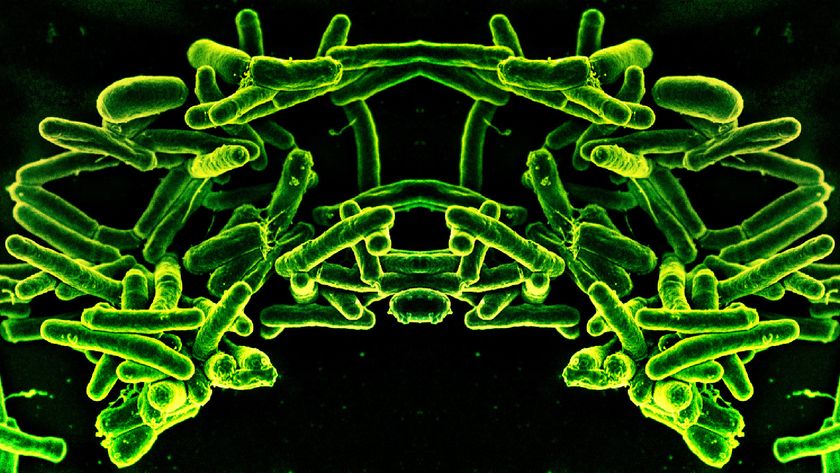When Men Bite Men: The Dirty Truth

Biting isn’t just for dogs and cats.
In the adult arena (think pub brawls), men are 12 times more likely than women to sustain serious human-bite injuries, finds a recent study.
“It’s fairly horrendous, but that’s what they do,” said study leader Patricia Eadie of St. James's Hospital in Dublin, Ireland. “It’s not just here in Ireland.”
Recent research revealed that 5 percent to 20 percent of bite wounds treated in urban emergency rooms in the United States were caused by humans, making human bites the third most common mammalian bite in this country.
Eadie and her colleagues present statistics from their recent study about human-on-human bite wounds in the July issue of the Emergency Medicine Journal, although the overall incidence is unknown.
Once bitten
The medical team analyzed the charts from 92 patients with human-bite injuries treated by the plastic surgery service at St. James's Hospital between January 2003 and December 2005.
Sign up for the Live Science daily newsletter now
Get the world’s most fascinating discoveries delivered straight to your inbox.
They focused on so-called occlusive bites, meaning a skin chomp, as was the case during the 1997 Mike Tyson-Evander Holyfield boxing match when Tyson bit off a portion of Holyfield’s ear. The other type, a “fight bite,” occurs when someone’s fist smacks against an opponent's tooth, breaking the skin of the hand and possibly harming the knuckle joint.
Alcohol consumption was reported in nearly 90 percent of the injuries, with 70 percent of bites occurring on a weekend or public holiday.
“The majority of these injuries occur in young males following a lot of alcohol,” Eadie told LiveScience. “One of the problems is that the bars all close at the same time. So there’s a lot of discharge of people out onto the streets who have had a lot to drink, and I suppose tempers flare up very easily; fights happen.”
Seven out of 10 bites were to the face, and most of these involved the upper rim of the ear. Other facial targets included the tip of the nose.
“If the actual rim of the ear is bitten off, which would be a relatively common one, then it may involve three or four surgeries to move some tissue from back behind the ear and get it into place,” Eadie said.
Unsanitary saliva
Infection is a common concern after a person gets bitten. In general, bites are more likely to lead to infection than other comparable wounds due to the fact that saliva is chock-full of bacteria. The scientists report 900 million bacterial organisms in less than a half-teaspoon of human saliva and about 150 different types of bacteria.
About 20 percent of the patients incurred infections, and those who waited more than 12 hours before getting medical treatment were the most likely to be infected.
Even though all patients were offered reconstructive surgery for the bite damage, only 14 percent either underwent the operation or had plans to do so.
The researchers suspect most human bite wounds go unreported. “The incidence of human bite wounds is largely unknown,” they write, “because many minor injuries do not present to the emergency department for medical assessment.”
Jeanna Bryner is managing editor of Scientific American. Previously she was editor in chief of Live Science and, prior to that, an editor at Scholastic's Science World magazine. Bryner has an English degree from Salisbury University, a master's degree in biogeochemistry and environmental sciences from the University of Maryland and a graduate science journalism degree from New York University. She has worked as a biologist in Florida, where she monitored wetlands and did field surveys for endangered species, including the gorgeous Florida Scrub Jay. She also received an ocean sciences journalism fellowship from the Woods Hole Oceanographic Institution. She is a firm believer that science is for everyone and that just about everything can be viewed through the lens of science.












